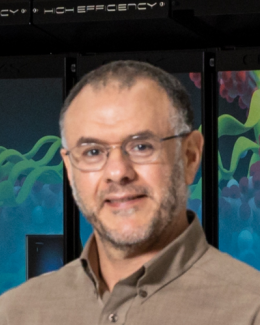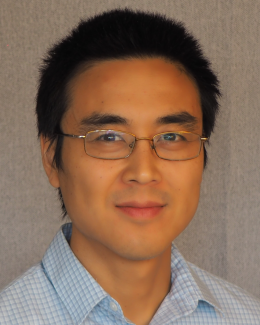Abstract
DIII-D physics research addresses critical challenges for the operation of ITER and the next generation of fusion energy devices. This is done through a focus on innovations to provide solutions for high performance long pulse operation, coupled with fundamental plasma physics understanding and model validation, to drive scenario development by integrating high performance core and boundary plasmas. Substantial increases in off-axis current drive efficiency from an innovative top launch system for EC power, and in pressure broadening for Alfven eigenmode control from a co-/counter-Ip steerable off-axis neutral beam, all improve the prospects for optimization of future long pulse/steady state high performance tokamak operation. Fundamental studies into the modes that drive the evolution of the pedestal pressure profile and electron vs ion heat flux validate predictive models of pedestal recovery after ELMs. Understanding the physics mechanisms of ELM control and density pumpout by 3D magnetic perturbation fields leads to confident predictions for ITER and future devices. Validated modeling of high-Z shattered pellet injection for disruption mitigation, runaway electron dissipation, and techniques for disruption prediction and avoidance including machine learning, give confidence in handling disruptivity for future devices. For the non-nuclear phase of ITER, two actuators are identified to lower the L–H threshold power in hydrogen plasmas. With this physics understanding and suite of capabilities, a high poloidal beta optimized-core scenario with an internal transport barrier that projects nearly to Q = 10 in ITER at ∼8 MA was coupled to a detached divertor, and a near super H-mode optimized-pedestal scenario with co-Ip beam injection was coupled to a radiative divertor. The hybrid core scenario was achieved directly, without the need for anomalous current diffusion, using off-axis current drive actuators. Also, a controller to assess proximity to stability limits and regulate βN in the ITER baseline scenario, based on plasma response to probing 3D fields, was demonstrated. Finally, innovative tokamak operation using a negative triangularity shape showed many attractive features for future pilot plant operation.







